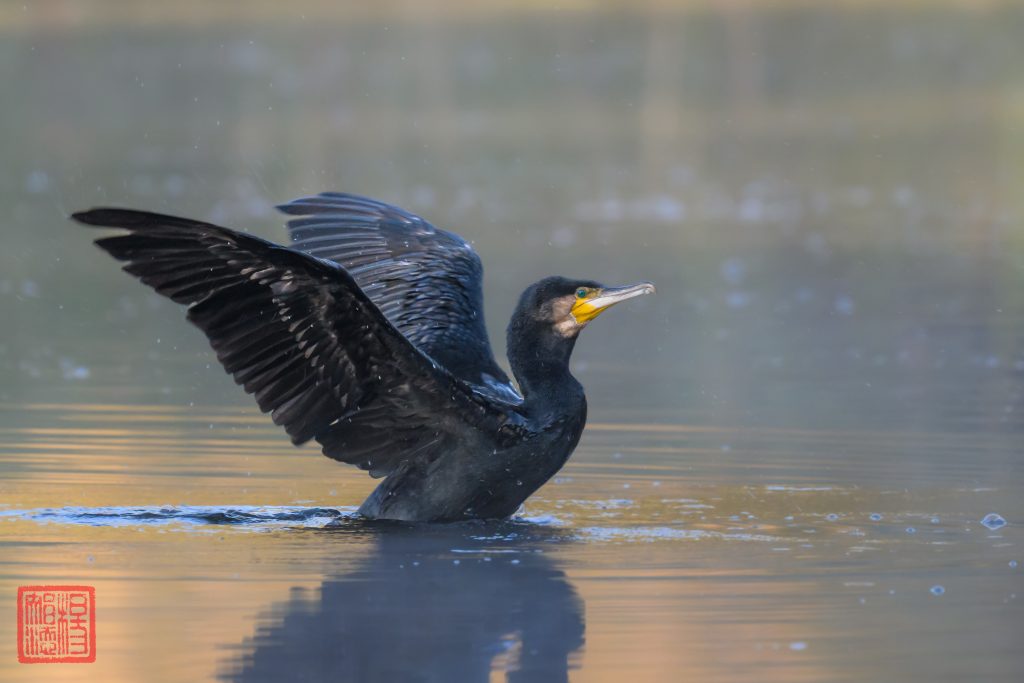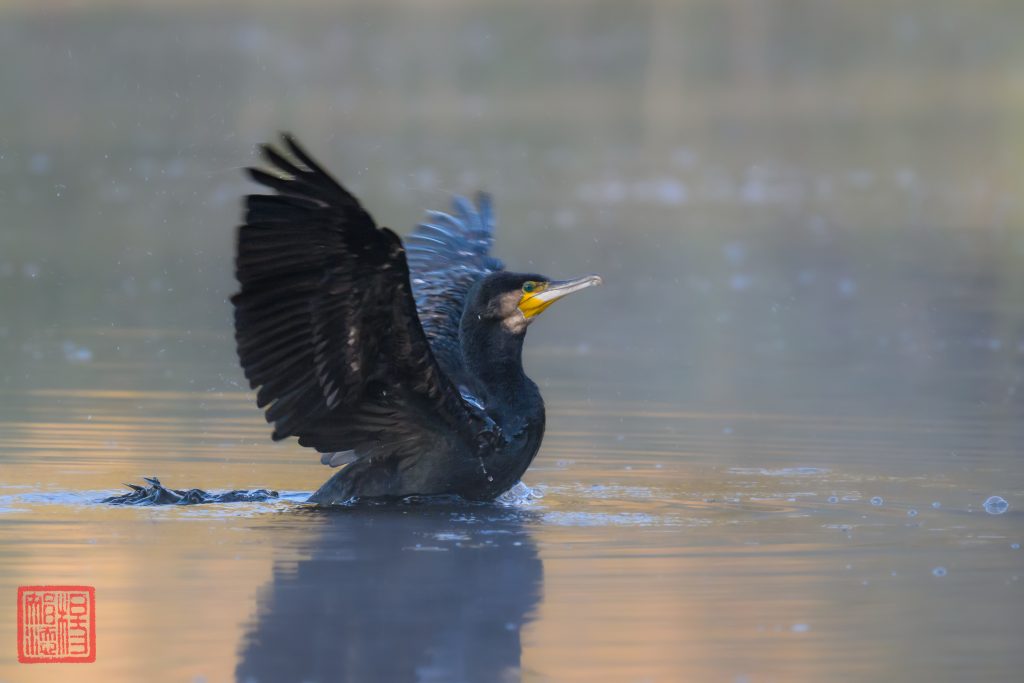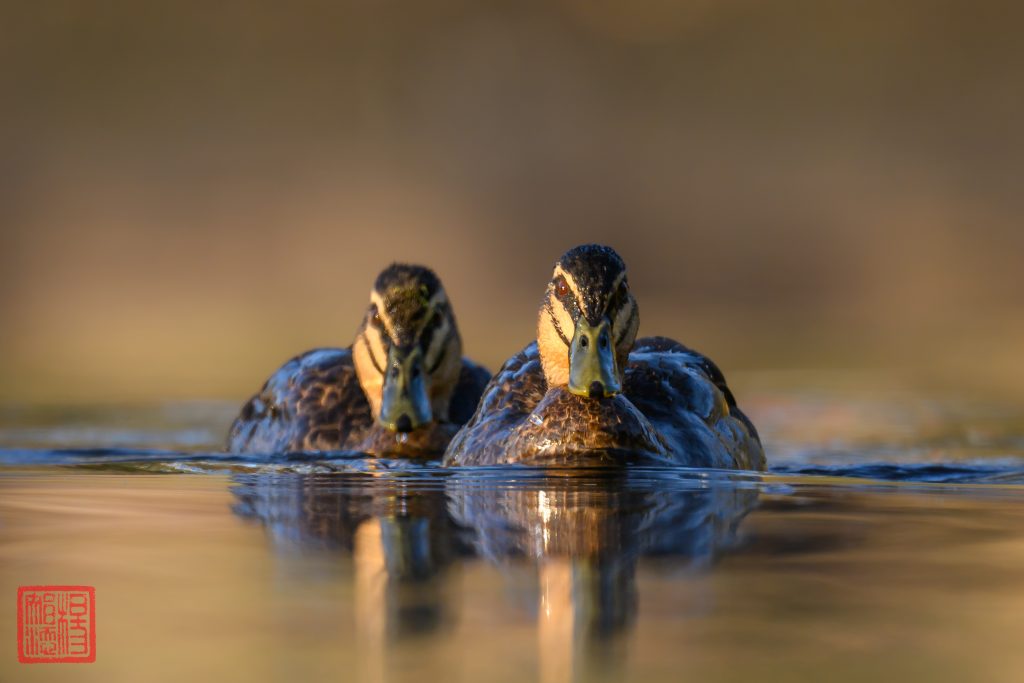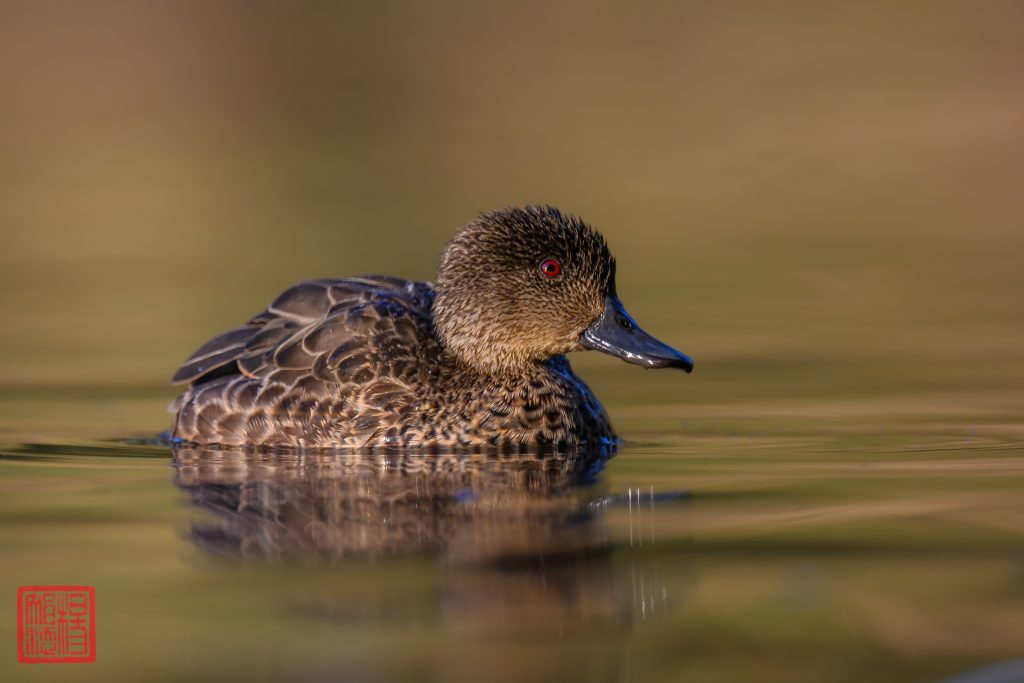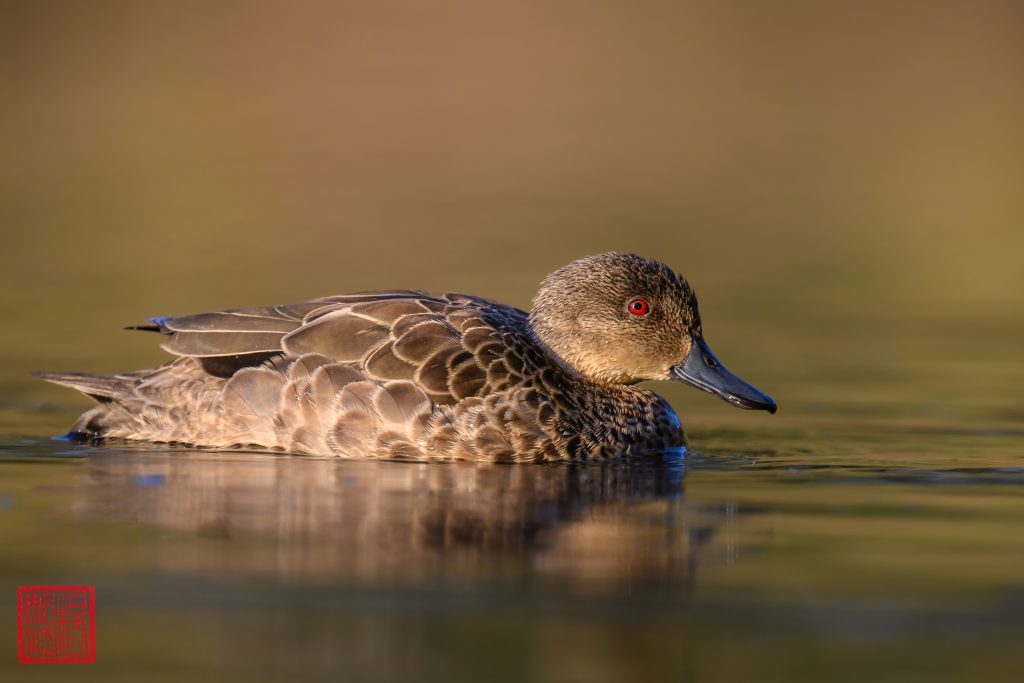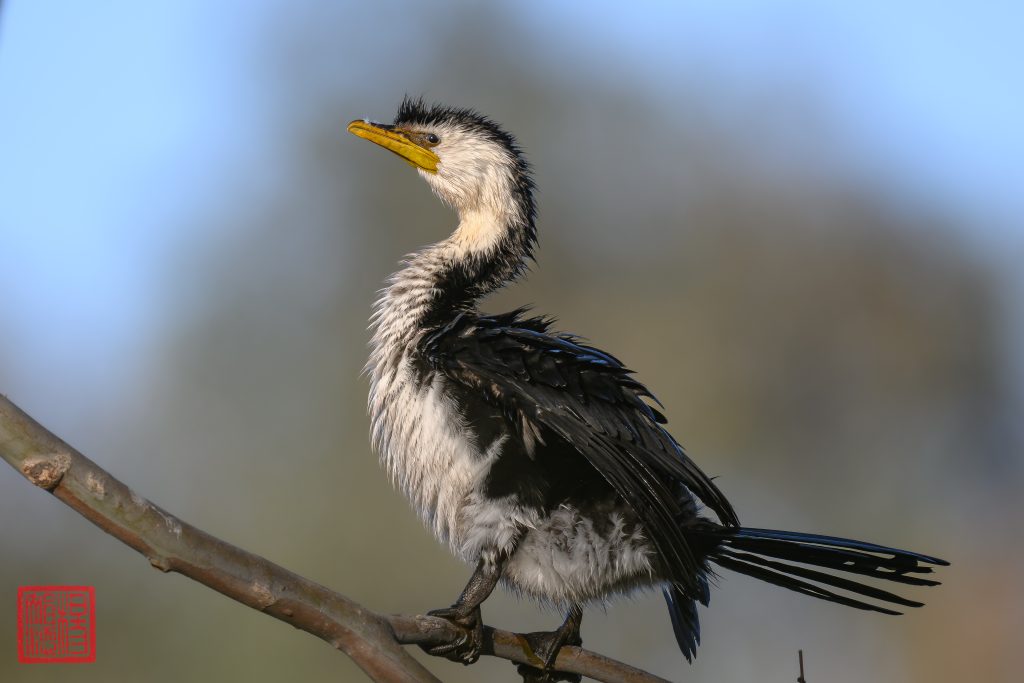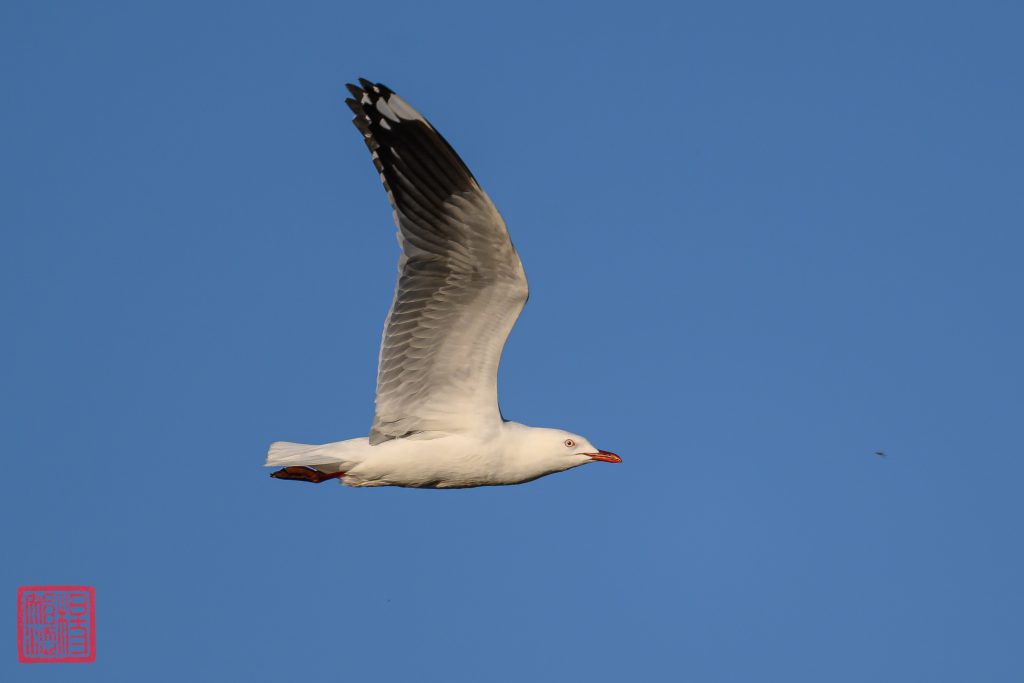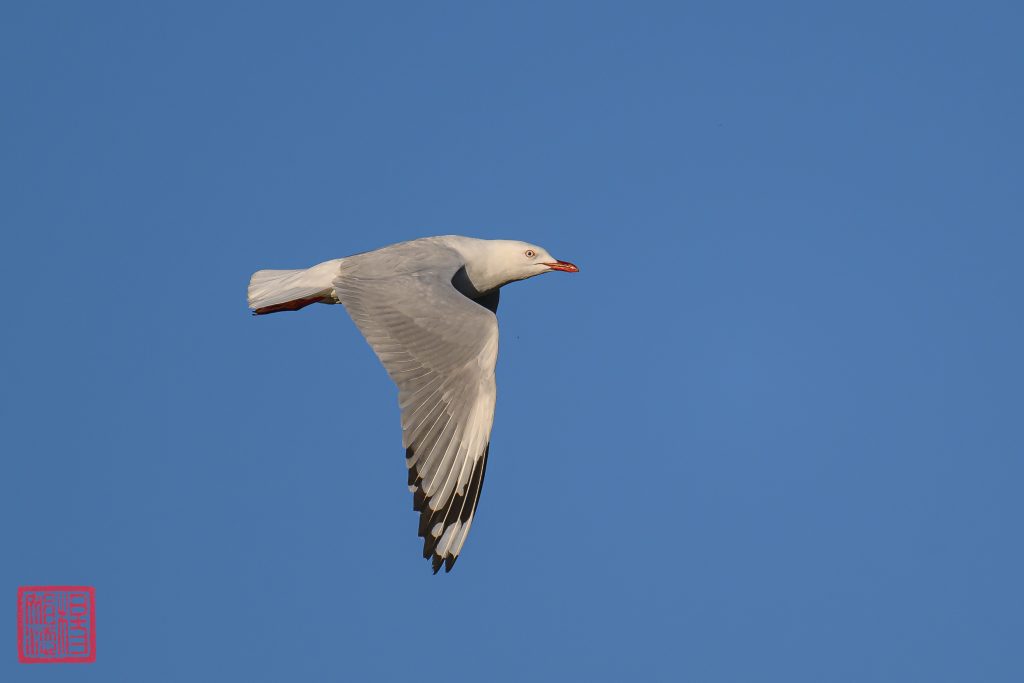We have not observed any Great Cormorants at the Oak Street Wetlands for some time. On 10 May 2025, a couple of Great Cormorants decided to make that trip.
As the sun was still low in the horizon, the light was subdue. I set the shutter speed to a fairly low 1/500s. I wasn’t anticipating action shots. However, when one of the Cormorants started to dry its wing by flapping them, I forgotten that I had a low shutter speed and starting taking a series of photographs.
The resulting photographs aren’t terribly sharp. Most of them were deleted as a result. These 3 photographs depicted here of the various wing positions were of acceptable quality.
The 2 Cormorants didn’t stay long at Oak Street Wetland. It seems to have departed sometime in that morning. We were the only ones who have seen it that day.
As winter approaches, we are seeing less and less of the more common cormorants as well – the Little Pied Cormorants and Little Black Cormorants.

